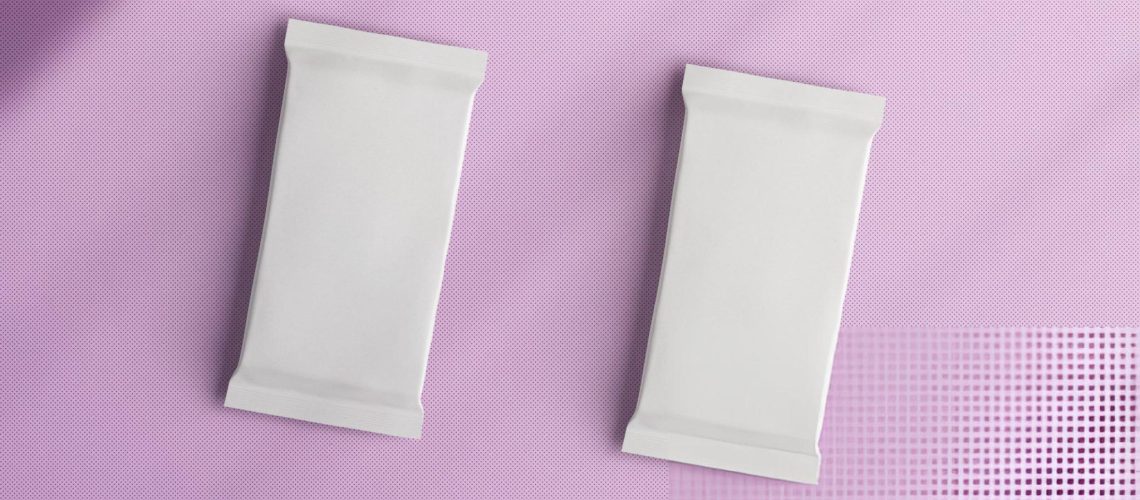Cold sealing stands out as a technique that has gained traction in the food packaging industry due to its efficiency and versatility. Unlike traditional heat-sealing methods, cold sealing doesn’t require thermal energy, making it suitable for sensitive products like chocolates and certain types of candies. This method ensures the contents are tightly sealed without the risk of altering the product due to heat exposure. As manufacturers aim to preserve the freshness and integrity of food products, cold sealing offers an innovative solution to achieve these goals.
Consumers often look for packaging that maintains the taste and texture of their favorite snacks. Cold sealing addresses these needs by providing airtight seals that protect against moisture and air. Imagine a chocolate bar kept perfectly fresh, retaining its smooth and creamy texture from the factory to your home. This is the promise and practicality of cold sealing in today’s packaging world. By integrating this method, brands can ensure that customers receive their products in the best possible condition, thereby enhancing satisfaction and brand loyalty.
Benefits Of Cold Sealing In Food Packaging
Cold sealing offers numerous advantages, making it a preferred choice in food packaging. First and foremost, it plays a vital role in preserving product freshness. Since the method doesn’t use heat, it prevents any alteration in texture or flavor that might occur during packaging. This is especially beneficial for temperature-sensitive products.
– Improved Freshness: By avoiding heat, cold sealing ensures that the packaged products maintain their original taste and texture, crucial for food items that are easily affected by temperature changes, like chocolates and confections.
– Efficiency: The cold sealing process is faster compared to traditional heat sealing. It allows for high-speed packaging without compromising on the quality of the seal. This efficiency helps meet production demands effectively, reducing downtime and increasing output.
– Reduced Contamination Risk: Since the process doesn’t involve high temperatures, it minimizes the risk of contamination that can sometimes occur with heat sealing methods. There’s less chance of microbial growth, ensuring a safer product for consumers.
Cold sealing, therefore, not only enhances the shelf life of the product but also ensures that it reaches the consumer in optimal condition. This method’s ability to safeguard the product without altering its natural qualities showcases why more manufacturers are opting for this innovative packaging solution. With the ongoing demand for quality and preservation, cold sealing remains at the forefront of efficient packaging practices.
Types Of Cold Sealing Materials
Cold sealing uses various materials that cater to different packaging needs, ensuring flexibility and reliability. The commonly used cold seal materials include adhesives like water-based natural rubber adhesives and synthetic alternatives. Each material has its unique attributes which make it suitable for particular applications.
1. Water-Based Natural Rubber Adhesives:
– Pros: These adhesives are environmentally friendly and safe for food packaging. They provide a strong yet flexible seal that can accommodate various shapes and sizes of food products.
– Cons: Although effective, they may not perform well in extremely high or low temperatures, which can sometimes limit their use.
– Applications: Popular for chocolates and candies, where maintaining the product’s integrity is vital without using heat.
2. Synthetic Adhesives:
– Pros: These adhesives generally offer higher temperature resistance, making them suitable for a wider range of environmental conditions.
– Cons: Synthetic options might be slightly more expensive and may necessitate additional processing steps to ensure food safety.
– Applications: Used in a variety of other food products that demand high durability and moisture resistance.
Manufacturers often choose adhesives based on specific product needs and storage conditions, understanding that the choice of material directly impacts the shelf life and safety of the product.
Step-By-Step Guide To Implementing Cold Sealing
Successfully implementing cold sealing requires thoughtful preparation and execution. Here’s how to ensure the process runs smoothly:
– Preparation and Material Selection: Begin by selecting the appropriate adhesive for your product type. Consider factors like temperature sensitivity and environmental condition resistance when making this decision.
– Sealing Process:
– Set up the machinery for processing. Ensure that the equipment is calibrated correctly to avoid any mishaps.
– The adhesive is usually applied to the packaging material, then it’s simply pressed together over the product. The pressure applied helps activate the adhesive, creating a bond without the need for heat.
– Quality Assurance Tips:
– Regularly check the seals for consistency. Inconsistent sealing can lead to leaks or contamination, reducing product quality.
– Conduct periodic maintenance on machinery to ensure that equipment functions efficiently and reliably.
By following these steps, manufacturers can effectively implement cold sealing, resulting in packaging that offers both safety and longevity.
Tackling Common Challenges In Cold Sealing
Even with its many benefits, cold sealing can come with its set of challenges. Understanding these issues and knowing how to address them can save time and prevent costly errors:
– Seal Failures: If seals aren’t holding, check the adhesive application and pressure settings to ensure they are correct. Often, a small adjustment can dramatically improve the seal quality.
– Material Compatibility: Different materials can respond differently to adhesives. Always test materials before full-scale production to confirm compatibility.
– Troubleshooting Tips:
– Ensure surfaces are clean and free of dust or grease as these can prevent the adhesive from bonding properly.
– Consider the storage conditions of your packaging materials. High humidity environments can sometimes affect the adhesive’s properties.
Regular inspections and maintenance of machinery can help prevent these problems from becoming significant issues, keeping production moving smoothly. By proactively addressing these common challenges, companies can maintain high standards of product quality and satisfaction.
As you consider implementing cold sealing in your packaging process, explore Fortis Solutions Group’s diverse range of products to find the right fit for your needs. Enhance your packaging strategy by learning more about cold sealing and discover how it can protect your products while maintaining top quality. Fortis Solutions Group is ready to help you deliver your best to every customer.
